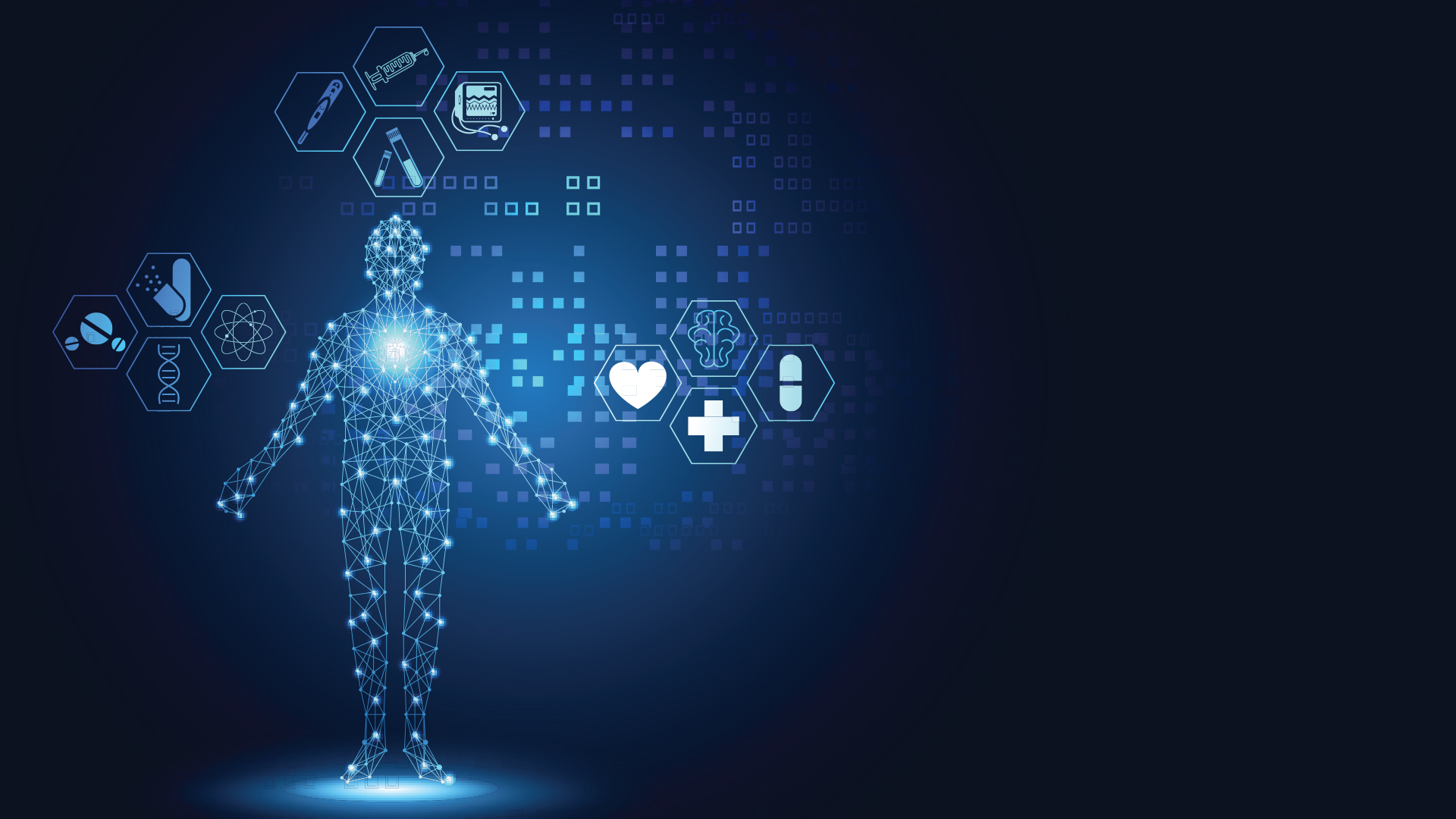
The healthcare sector is one of the industries today that is largely driven by knowledge. It is also one of the most evolving industries where the quality of care for patients largely depends on knowledge, support, and the tools available to healthcare organizations.
With the adoption of an IT service management system, healthcare organizations can foster a culture that involves continuous innovation and cooperation, creating an efficient flow of resources and information between patients, staff, and healthcare providers.
This means that IT Service Management (ITSM) is playing a vital role in the success of the healthcare industry. But what is it and how is it helping improve this industry?
What is IT Service Management (ITSM)?
ITSM can be defined as the process used by employees to manage IT service delivery. A team working on ITSM infrastructure is tasked with a lot of responsibilities, some of them including overseeing servers, applications, and employee laptops. They are also tasked with creating, designing, managing, and supporting all IT services.
ITSM in healthcare plays a crucial role when it comes to improving patient care, reducing human error, and mitigating risks. Information technology has given birth to service management tools that are breaking down the silos that would otherwise hurt the patient experience.
Efficient ITSM is very important in the healthcare industry because a slight error can lead to disastrous consequences. For instance, a wrong diagnosis can lead to other complications or even the death of patients.
How IT Service Management is Improving the Healthcare Industry
Performance Analysis
Every employer needs to implement a platform through which they can analyse the performance of their employees. This is the only way for them to improve departments that are failing and offer better services.
Similarly, healthcare providers need a system that allows them to analyse their performance and address healthcare staffing challenges. Fortunately, ITSM comes with different avenues through which they can analyse patient care, assess the performance of their employees, and analyse their services.
Improves Patient Safety and Care
Medical errors are among the most serious problems that face healthcare providers. They are also among the leading causes of death among patients in the world. This makes it a little bit difficult for providers to consistently identify the cause of errors.
In addition, those that succeed in identifying the cause of errors find it difficult to provide long-lasting solutions that can eliminate these errors for good. Fortunately, this is slowly changing because of ITSM.
ITSM is providing easier and faster access to information and patient data, ensuring that healthcare providers can not only collect data but also share it to ensure that they have improved patient safety. With this information, they can provide care personalized to address the different requirements of their patients.
Improves the Satisfaction of Patients
Efficient management of services and information in the healthcare industry is critical in improving the satisfaction of patients and adding value to all clinical processes. This is something that every healthcare provider should strive to achieve.
Through the use of ITSM, the workload demands among staff members are reduced. This ensures that the staff members have more time to address the demands of their patients and ensure that they (the patients) have everything that they need.
If your patients get personalized service and attention, they will be confident with you, something that enhances your reputation. ITSM also allows patients to get easy access to their health records and enhances payment processing, communication, and appointment booking.
Improves Patient Monitoring
With easier access to patient medical records using ITSM, healthcare providers can improve service delivery and patient care. This is essential when it comes to improving patient monitoring as well.
If a patient is suffering from a chronic condition that requires the intervention of doctors, then remote monitoring might be required. Remote monitoring requires a constant flow of information and accurate records to help the patients recover.
Through ITSM, healthcare providers can use the patient information they have in their databases to prevent and predict any health conditions that might affect their patients. They can also follow up with patients without having to visit them physically.
IT Service Management is not only changing the healthcare sector but also organizing daily tasks, making them easier, increasing efficiency, and improving patient experiences. Both patients and healthcare practitioners now have a system that they can rely on for their interactions.
















